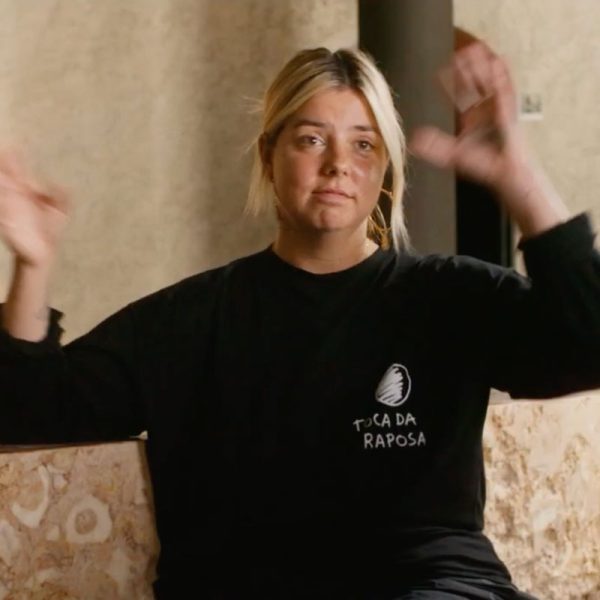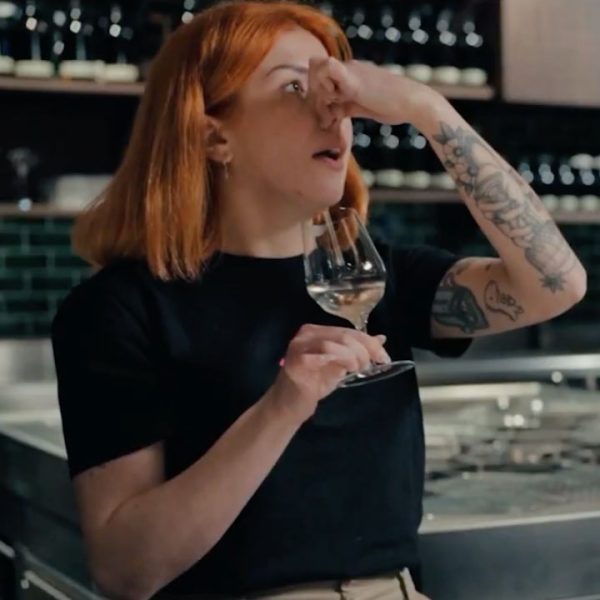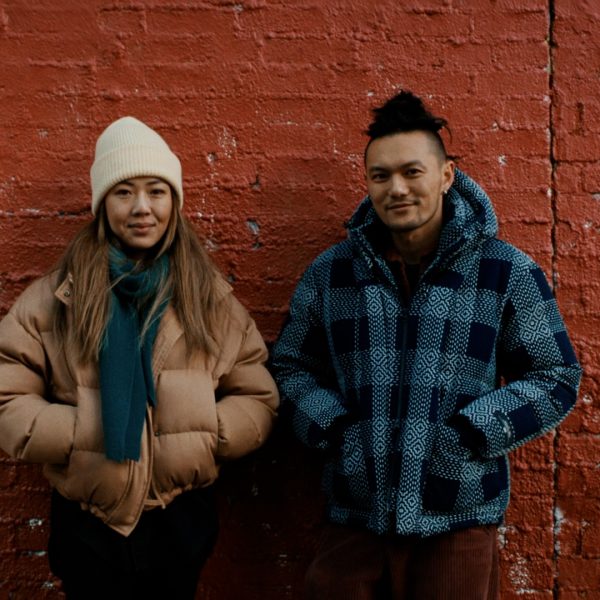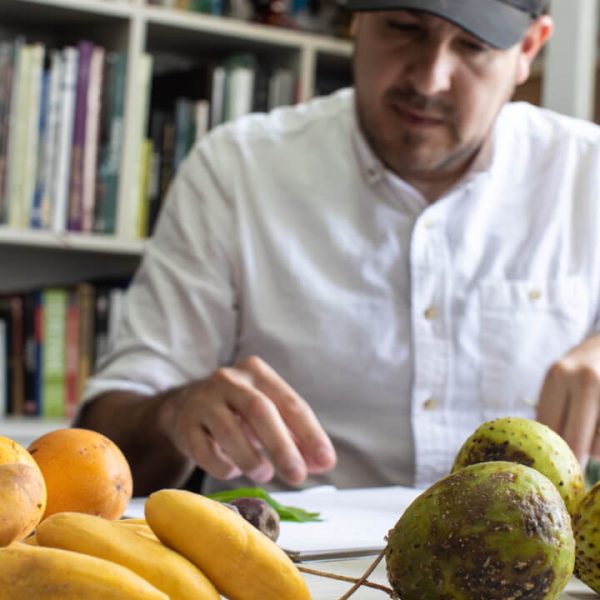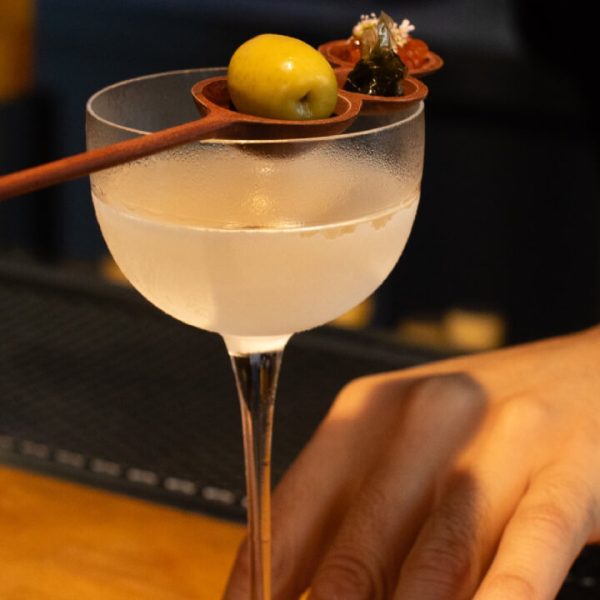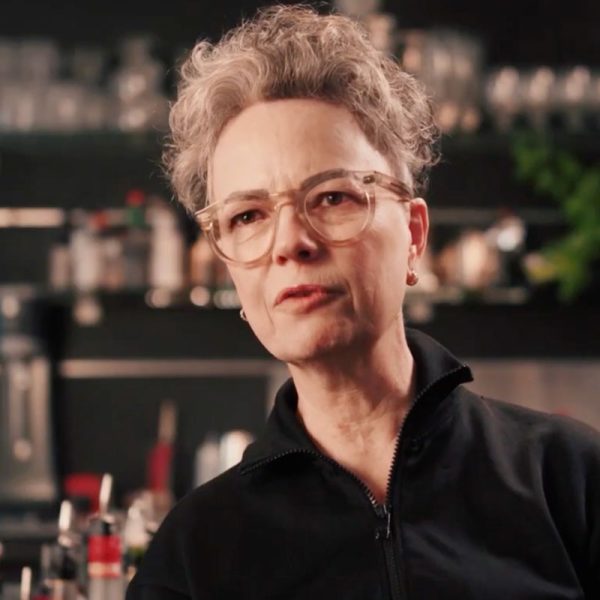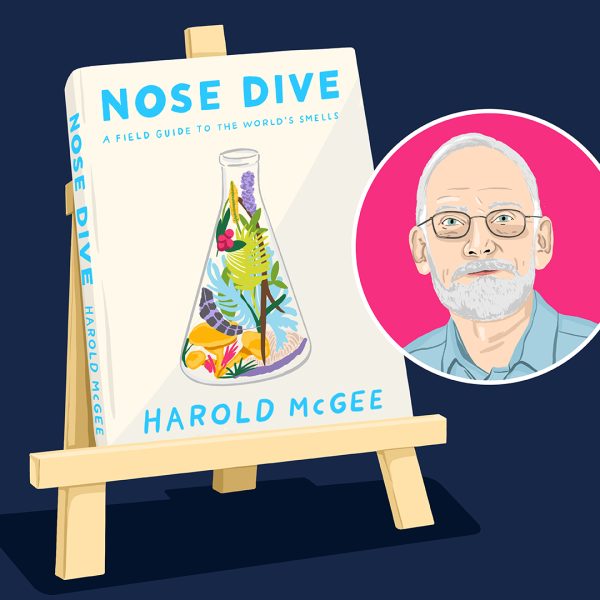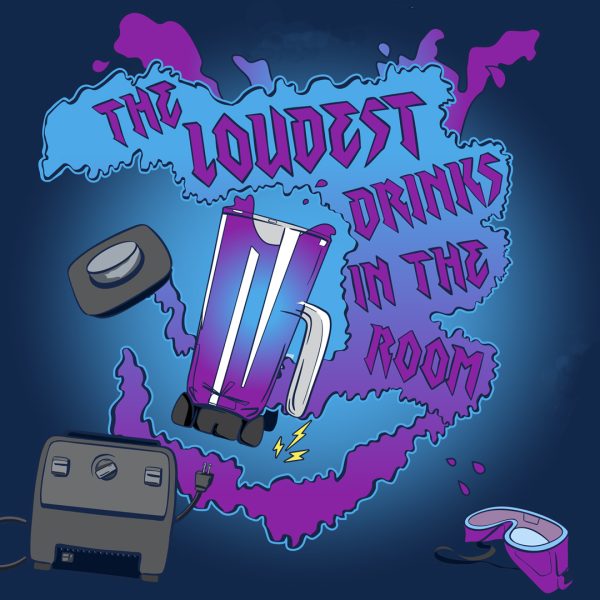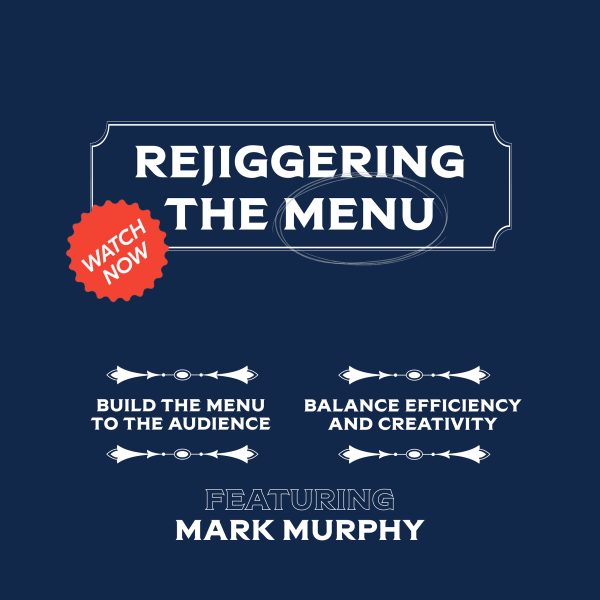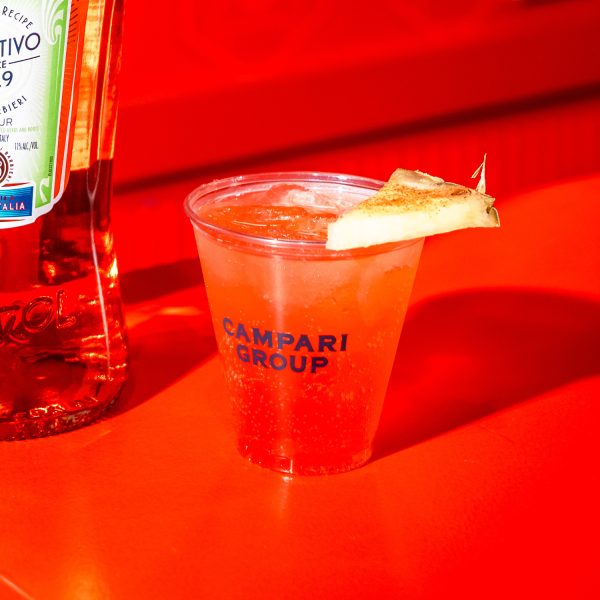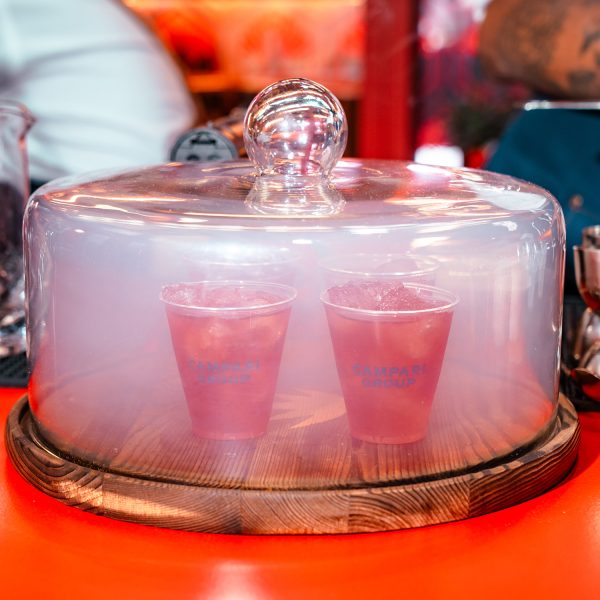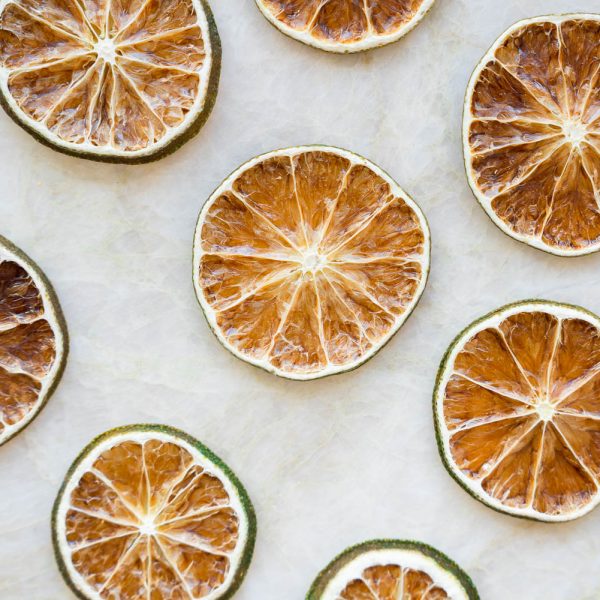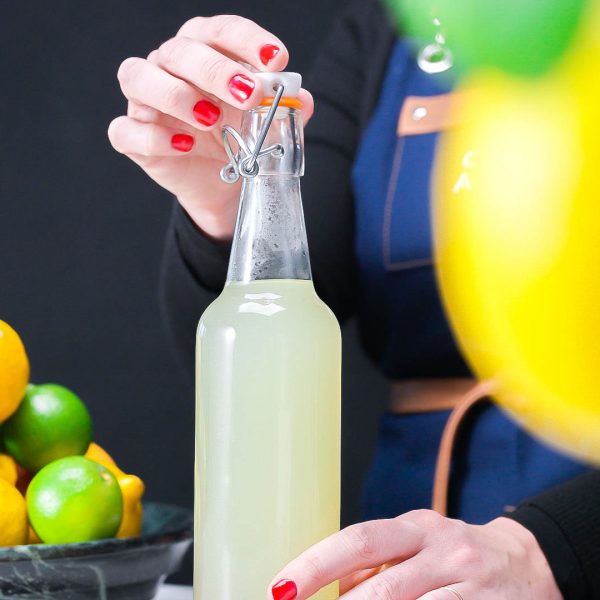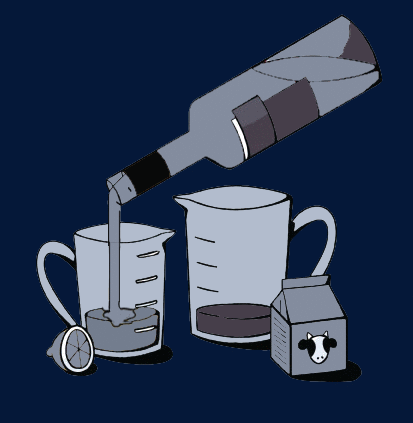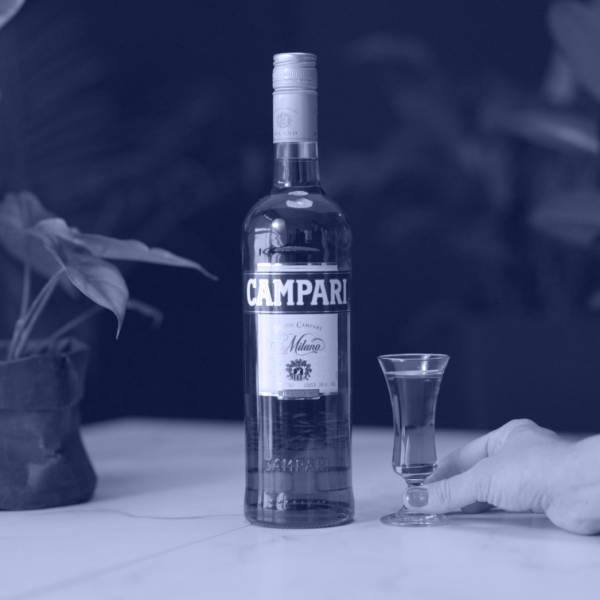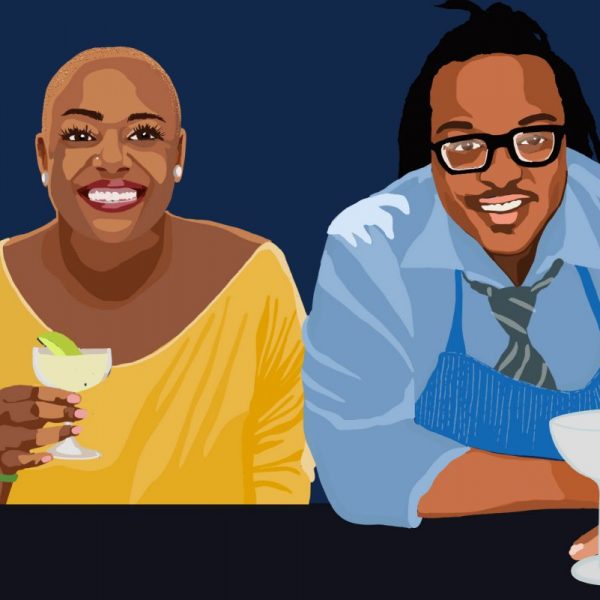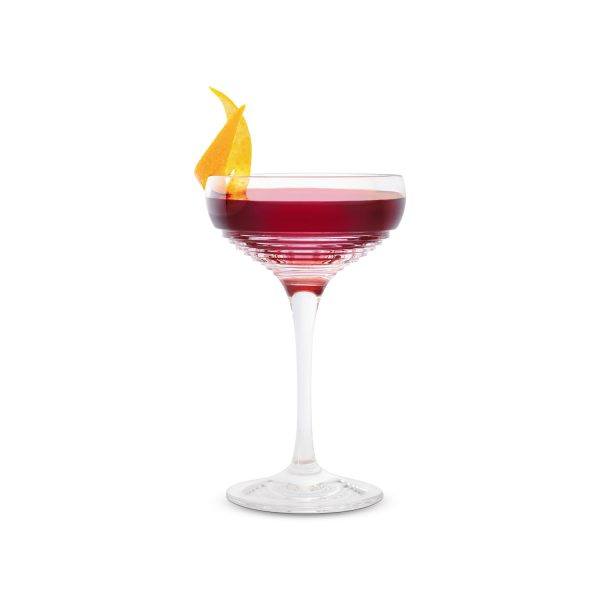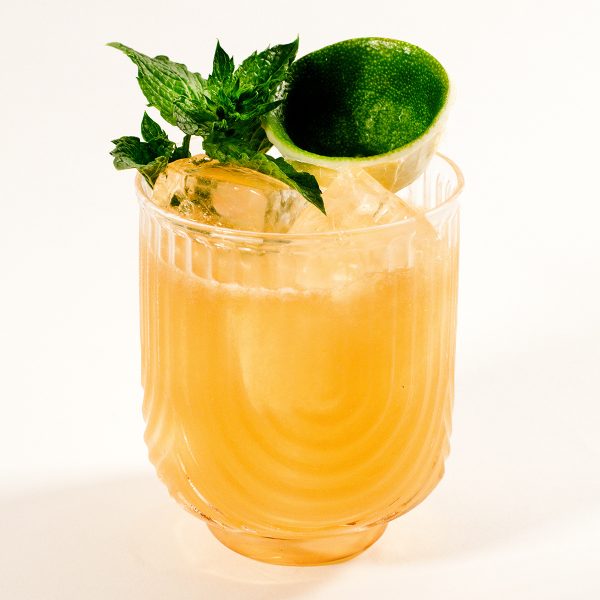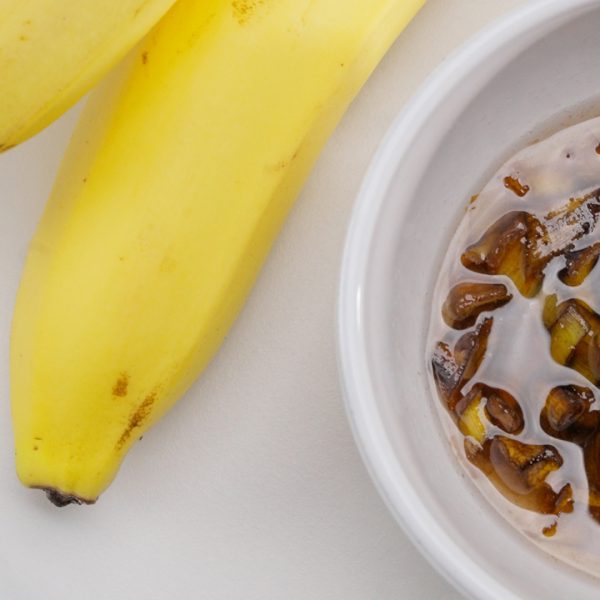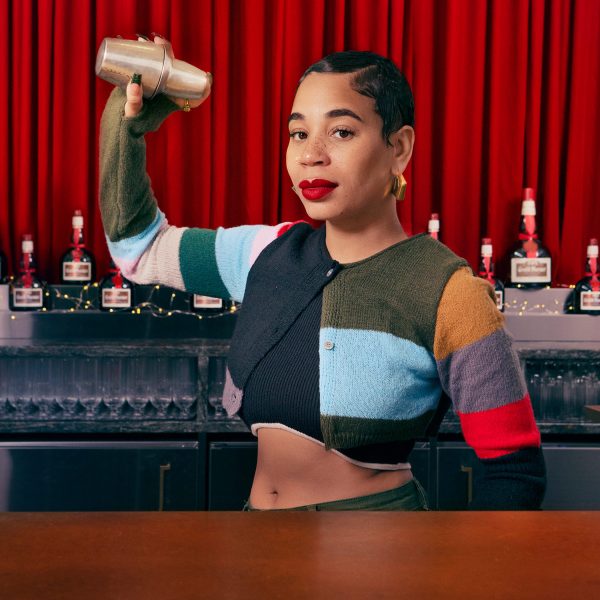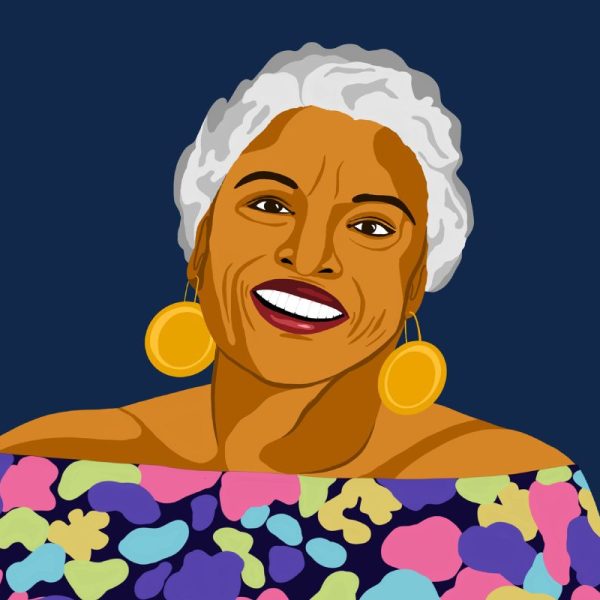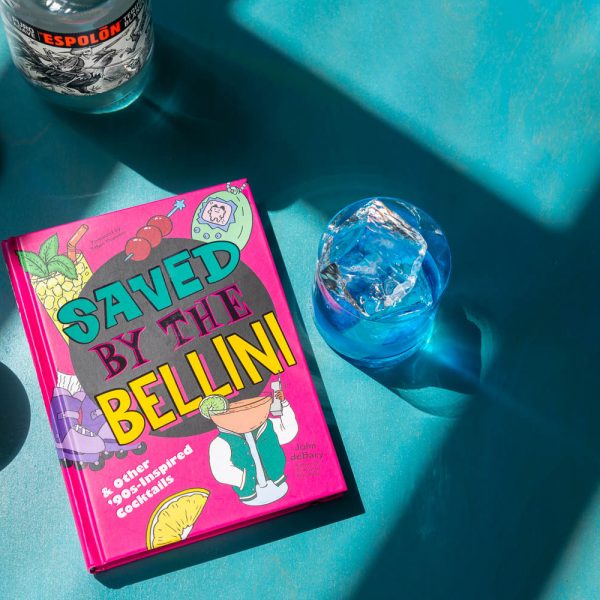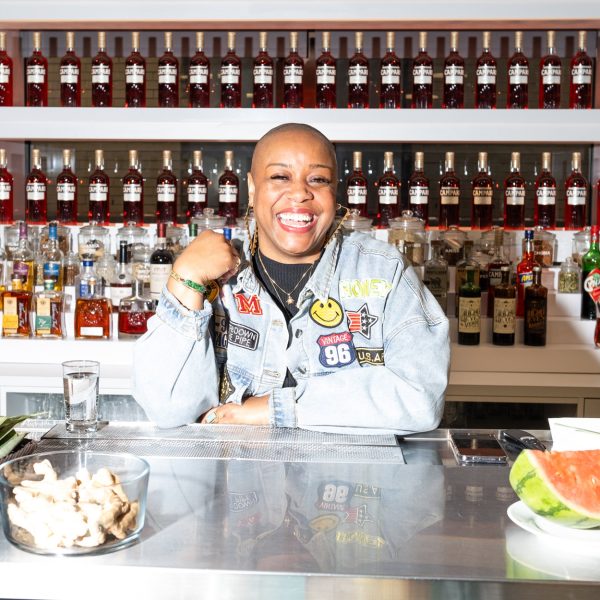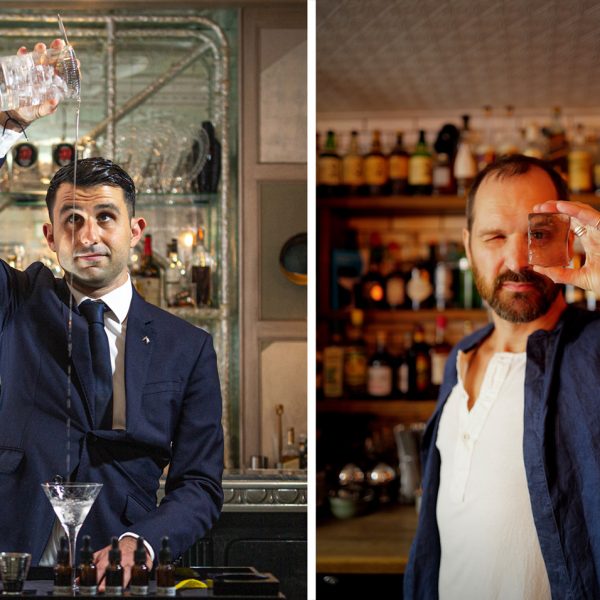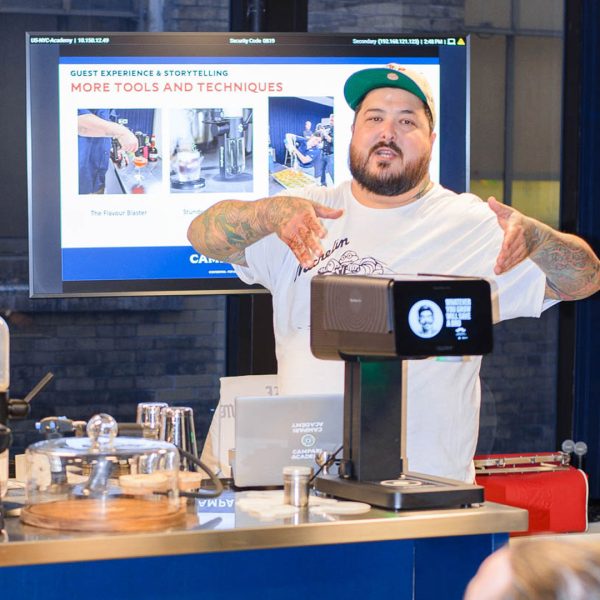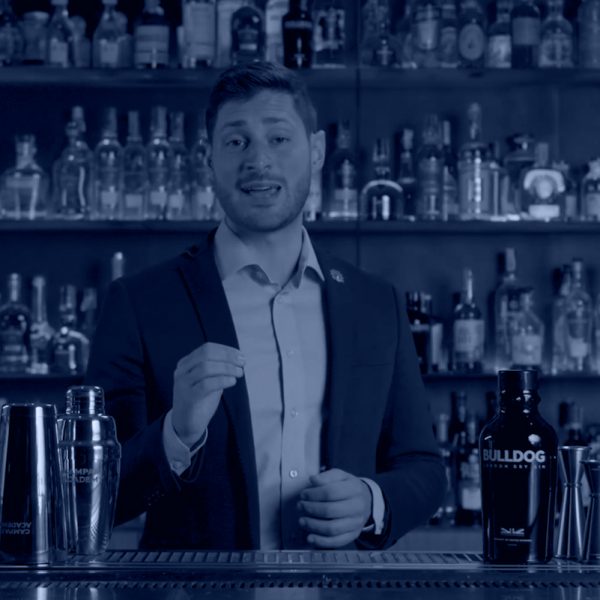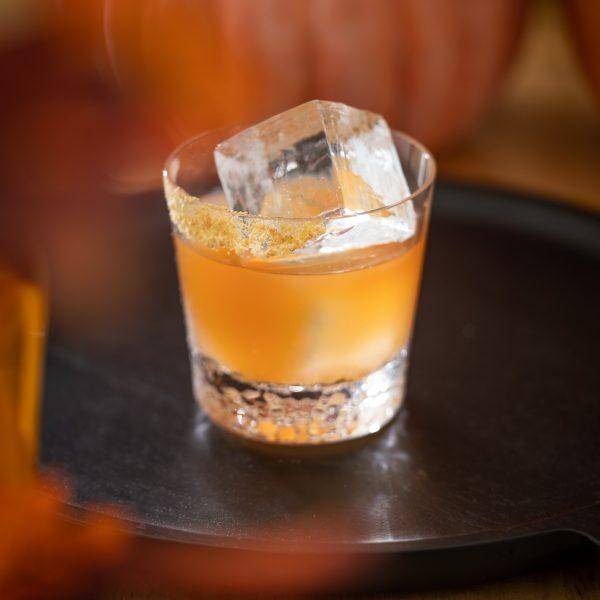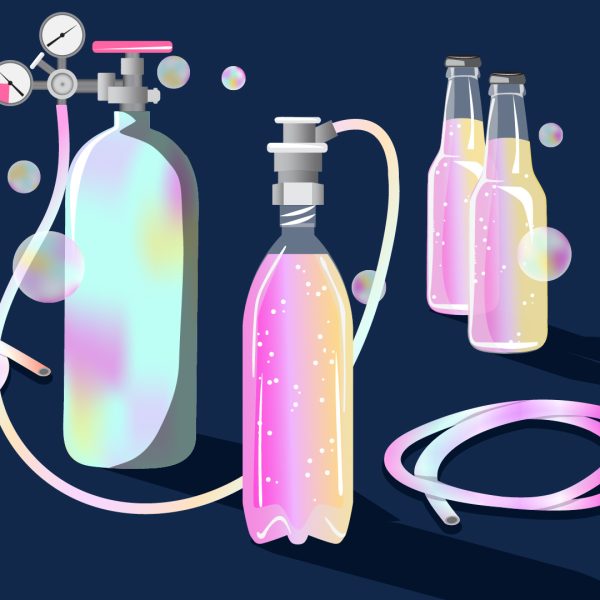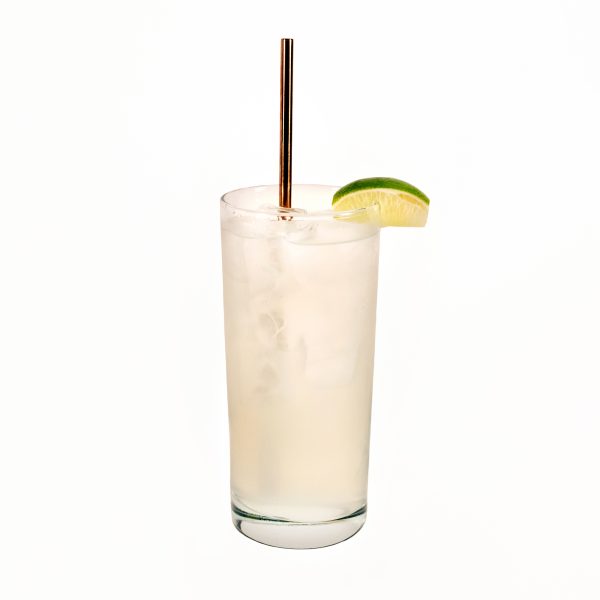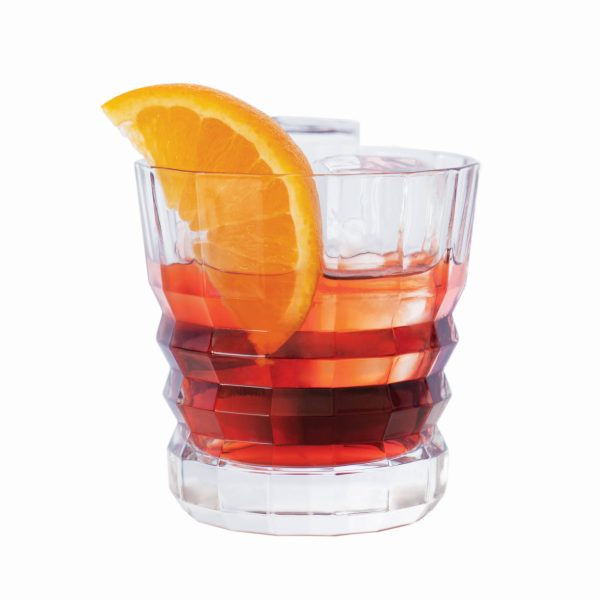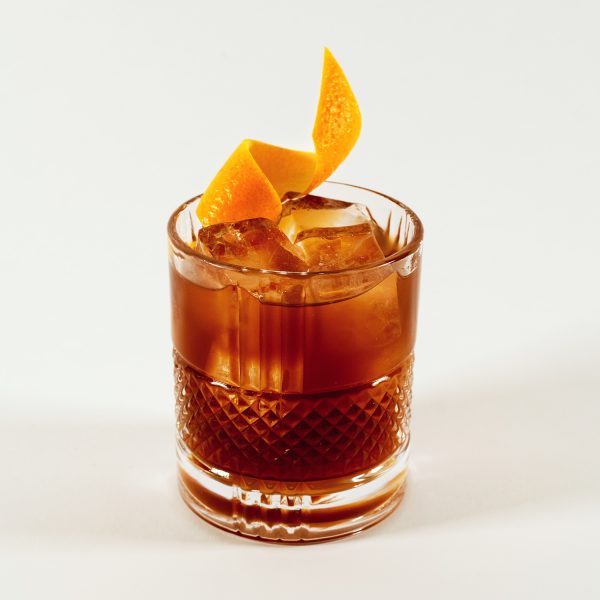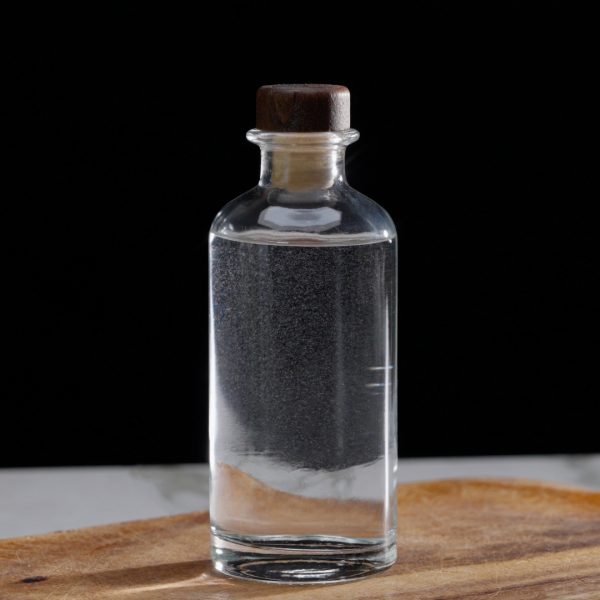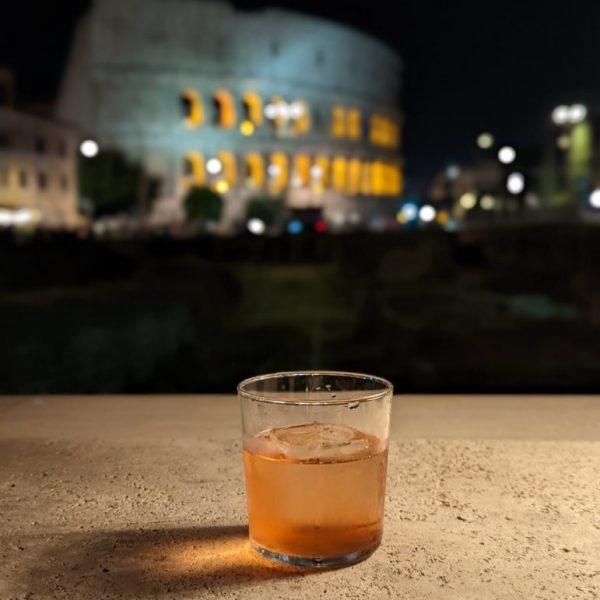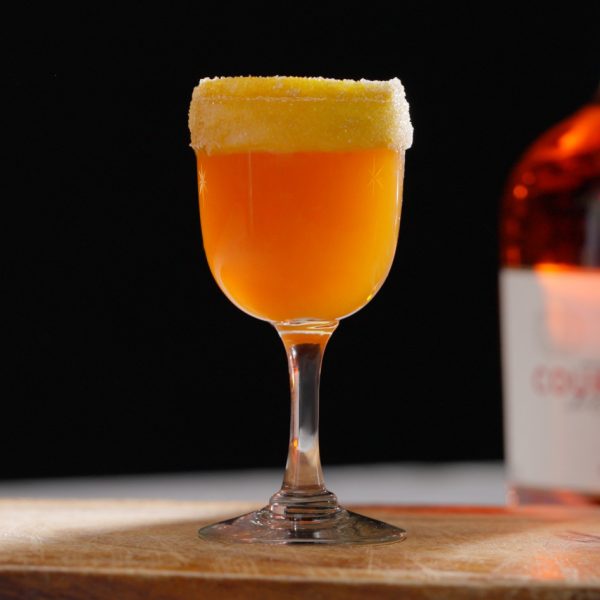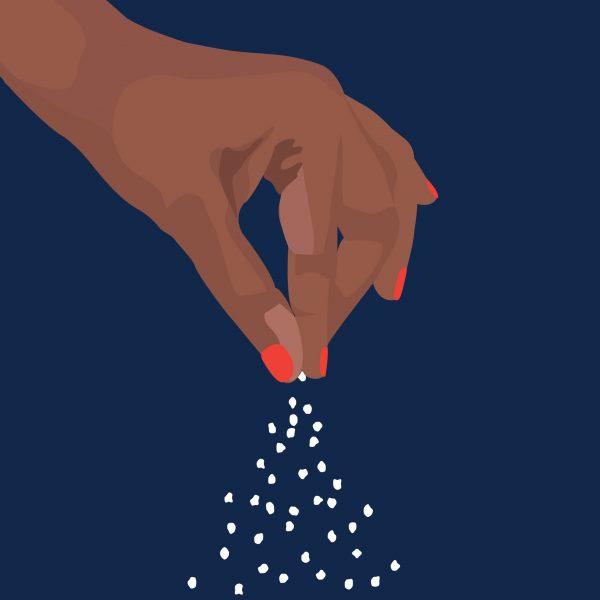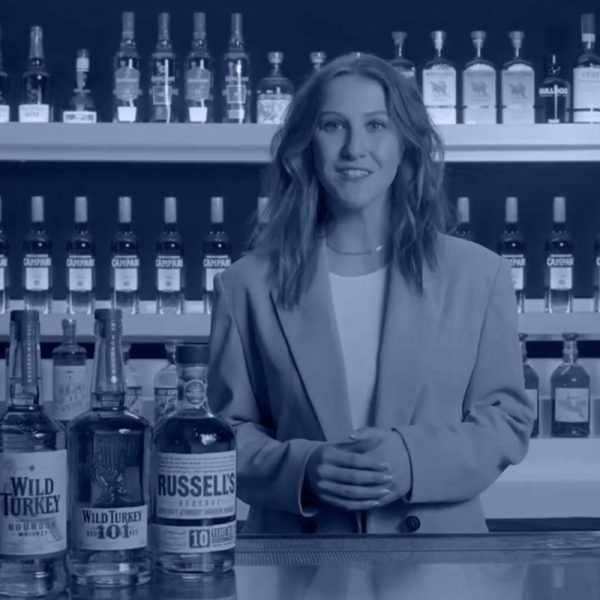What Does A Negroni Sound Like?
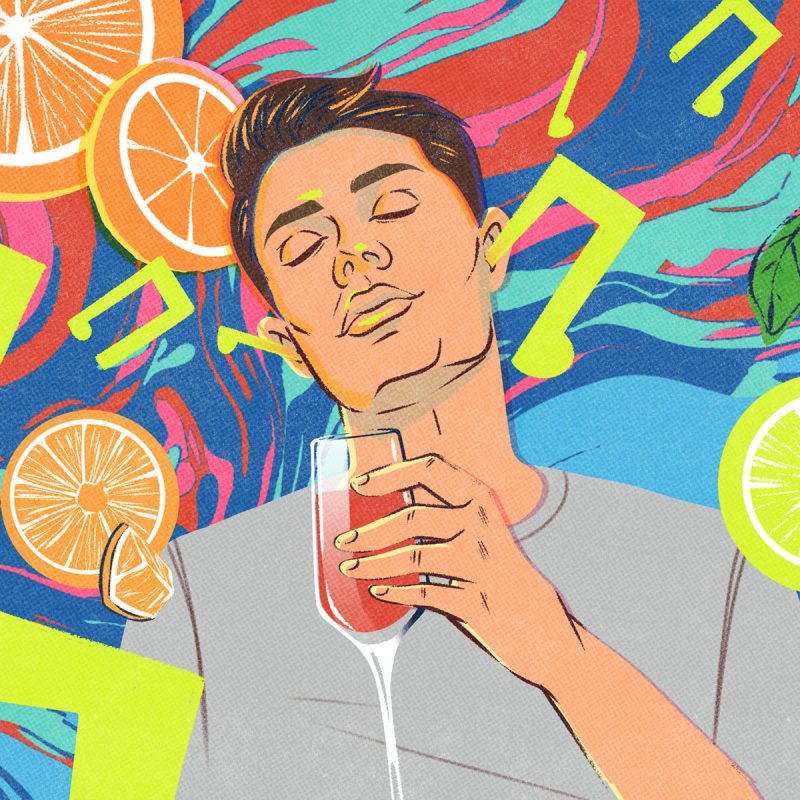
Exploring perception can unlock new guest experiences
If you’ve ever heard a song and pictured it in colors (synthesizers that call forth visions of neon lights, for example), then you know what synesthesia is.
Campari Academy’s Eddie Hansel describes the phenomenon as “when your senses cross wires and you’re perceiving one thing but experiencing it in a different way, so you’re tasting sound or hearing colors.” While the actual phenomenon is quite rare (an estimated 1 person in 250,000 will be diagnosed with it), there are famous artists, including Picasso and Duke Ellington, who found ways to make their unique perceptive abilities aid their work. And while true synesthesia is rare, nearly all of us experience a lesser version of it, which scientists call crossmodal correspondence.
Dr. Charles Spence, a experimental psychology professor at Oxford University and the founder of the Crossmodal Research Laboratory, has dedicated over 15 years of research to uncovering how design influences senses. Recent research includes how temperature and carbonation are perceived based on auditory and aromatic cues. Interested yet? Then you’ll want to mark your calendars for Campari Academy’s 2023 Tales of the Cocktail experience, The Synaestate. Guests will enter a multi-sensory experience that explores synesthesia, and will question what we know about the senses and this research can open up new guest experiences.
What shape is a Daiquiri?
Is sweetness angular or round? Are lemons fast or slow? Dr. Spence’s research finds that the general public associates red with round shapes and sweetness. Given the prevalence of pink-red associations with fruits such as strawberries, watermelons and tomatoes, the general consensus is that “red” equals “sweet”.
Hansel has done some of his own impromptu experiments highlighting the perceptions around the concepts of red and roundness. He tinted tequila red, then made it into a sphere; as Dr. Spence’s research predicts, most people correlate sweetness with red and round shapes. “It’s good for mixologists to understand how people perceive things,” he says. “That can affect how you ideate the flavors you put out, and what you want people to get out of it.”
The idea of tapping into synesthesia in the commercial food and beverage industry isn’t entirely new.
Fortunato Depero’s iconic 1930 design for the Campari soda bottle, which is still used today, plays on some of the assumptions about bitterness. Depero was part of the Italian Futurists who touted “syn-tactilissmo”, a blending of touch and taste. Depero’s petite bottle is unmistakably angular, with a triangular shape and a slim neck. Angularity and symmetry are both associated with bitterness, research now shows. The bottle also has a bumpy glass texture reminiscent of a lemon’s rind. Between the shape and texture, the bottle sets up an expectation of what’s inside.
The Sommelier Effect
Expectation can be a powerful tool in crafting flavors and experiences. For example, have you ever experienced specific notes in a beverage you were told contained them? Hansel calls this the “sommelier effect”, noting how strong of a force expectation can be in one’s experience of flavor: “It’s really easy to plant the seed of where people will go.” This realization has led him to be much more intentional with menu descriptions and drop lines.
Learning about ingrained sense perceptions can open up a new approach to cocktail development. “It’s about thinking about the guest perception versus your own palate, which is something we should all be thinking about anyways,” Hansel says. “It’s important to really be focused on how people are receiving the flavors that you’re putting together versus what is actually tasted.” For example, during drinks development, try variations on a theme before settling on a final version. Some people may be more sensitive to bitters, while others may not taste it at all.
“It’s about considering everything,” Hansel says. “When you ideate a new drink, instead of tasting your peers on the one that you think is the best, try three or four variations where it’s not just about sweet and bitter. Try two or three [with gradations of] sweetness and bitterness to see what the overall favorite is.” Few people actually have synesthesia but thinking about research into synesthesia can be seen as a basis to learn and understand more about perception and expectations, which can become tools in a bartender’s arsenal.



